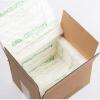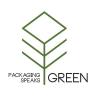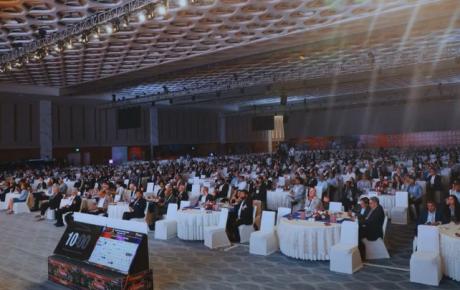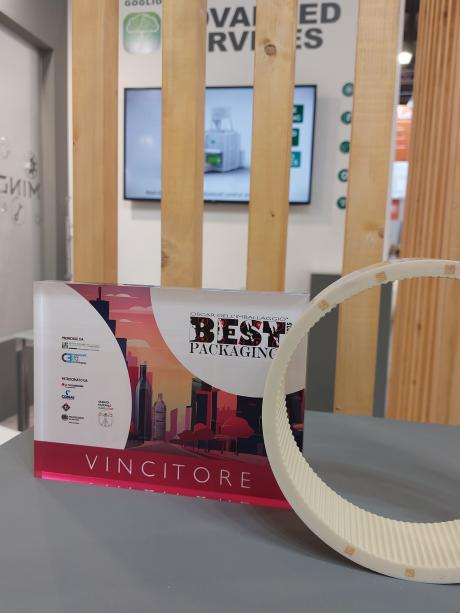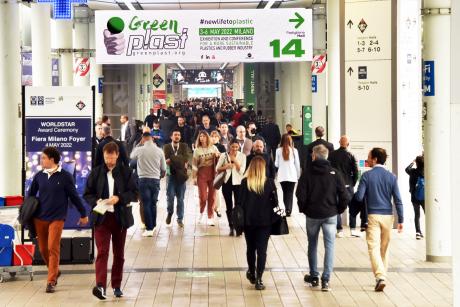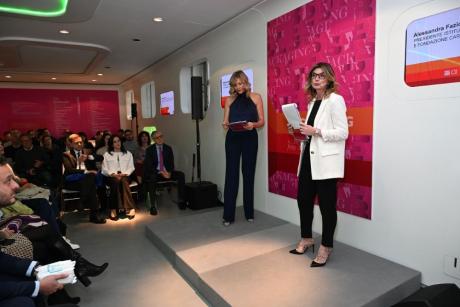From circular economy to digitalisation: at interpack, the hot topics of the industry meet the latest technologies and innovations. On 4-10 May, the global processing and packaging industry will finally meet again in Düsseldorf after six years.
Thomas Dohse, Director of interpack stated:
All our exhibitors and partners are ready to go and we look forward to providing the industry with another great trade fair. interpack is an important building block in the innovation cycle of the packaging and related process industries. After a six-year break, numerous innovations for all user areas will be on display: Food, beverages, confectionery and bakery products, pharmaceuticals, cosmetics, non-food and industrial goods. Because requirements and framework conditions are constantly changing, the focus is on digital technologies and sustainable products and processes. From 4 to 10 May, visitors can therefore expect numerous débuts in the 18 fully booked exhibition halls and fascinating solutions from the world of packaging.
Companies from all over the world
From Europe to Asia, from Africa to America to Australia: Exhibitors at interpack 2023 come from all five continents. In total, over 60 countries will be represented. This makes interpack the best place to meet potential partners and customers and to expand international business. The top exhibiting nations are Germany, Italy, China, Turkey, India, the Netherlands, the USA, France, Spain, Switzerland and the United Kingdom.
Record number of exhibitors from the packaging sector
With over 1,000 exhibitors, the packaging sector at interpack all common materials and products of the packaging market will be presented. As a cross-sectional area for all visitor target groups, these halls and storeys, six in total, are of central importance and reflect the innovative strength of the industry with numerous unveilings of new products. A lot is happening, especially with sustainable materials and renewable raw materials. For example, bioplastics that are biodegradable or biobased, such as those made from sugar cane, palm leaves or corn, can be seen at the trade fair.
Furthermore, in addition to solutions made of paper, cardboard and paperboard, there will be new, sustainable materials in numerous variants with a focus on sustainability. Plastic packaging, which has the largest share of the market, is still gf great importance, especially for product safety and shelf life. Here, too, there are new approaches towards a circular economy, for example with recyclable films, monomaterial solutions and the use of recyclates or reusable packaging. And the increasing digitalisation of the industry is also leading to new developments in the packaging sector. Some examples for this are digital labels, smart packaging and packaging with QR codes.
Four hot topics illustrate the trends
The developments in the packaging sector illustrate which issues are at the forefront for the processing and packaging industry and its customers as a whole. Megatrends such as sustainability and digitalisation, numerous economic and ecological, but also political and social changes and challenges are of concern for companies and provide a boost to innovation at this year’s interpack.
The circular economy will be a top issue: It seems to be a simple model, but is also all-encompassing and poses major challenges in many areas. In the age of climate change, the important thing is to produce as little unrecyclable waste as possible. Hand in hand with this goes the need to conserve resources. Therefore, interpack will showcase sustainable processing and packaging solutions as well as digital services that help to make production processes efficient and sustainable. For example, the focus is on reducing the carbon footprint of packaging throughout the value chain, improving energy efficiency and the increasing importance of reusable materials, which will help the industry to make optimal use of resources.




